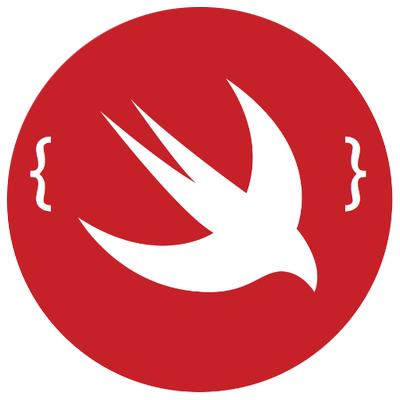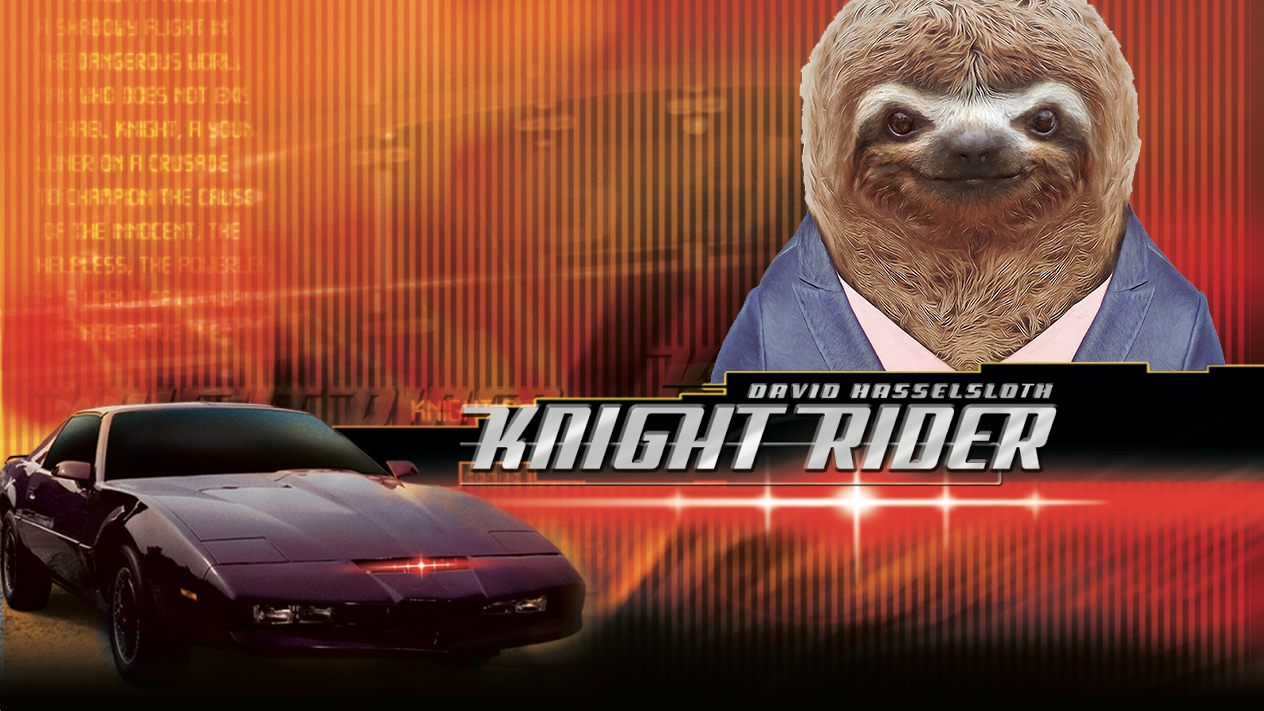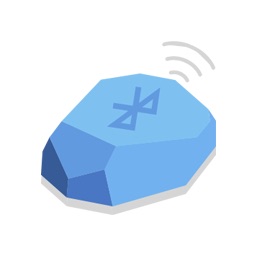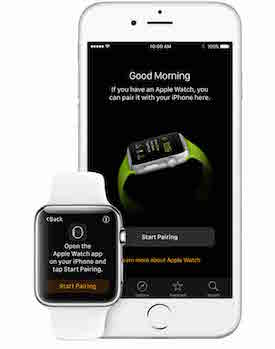Meet Kotlin
Kotlin is a JVM language that hit version 1.0 about a year ago (February 2016).
It is developed by JetBrains, the same people who make my favorite suite of
IDEs. The language itself is open-source under the Apache License 2.0 and is
developed as a community project over at kotlinlang.org. Kotlin is something
that I have become rather excited about over the past year. This post’s goal is
not to teach you Kotlin but to get you excited about it!






